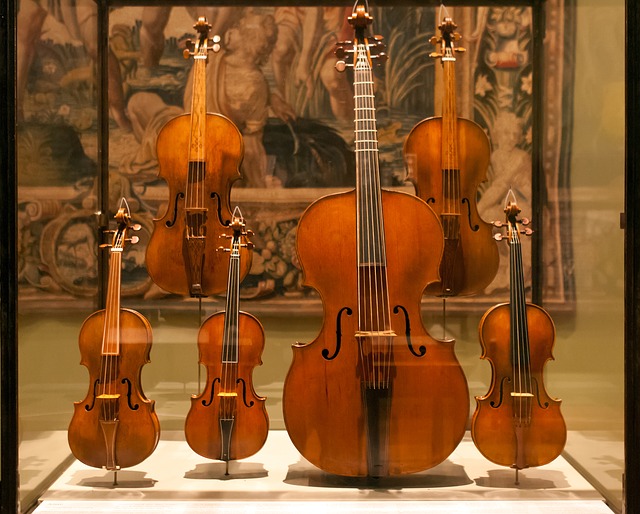6 Ways to Organize your Fine Arts Collection
6While there’s a wide scope of what art is, how an artist wants it to be seen or envisioned is of the utmost importance when it comes to installing or displaying art. Subjective as it may seem, you may find it surprising later on that an art piece can touch your soul just by being.
But all art pieces should be kept on its tiptop shape because it may only relay its message if it’s installed and presented correctly. Meanwhile, transportation, mobilization, and being on display could slash it off of its lustre, efficiency, and all its she-bang. So how do you preserve a piece of art?
Intending to achieve art preservation through art exhibition display services, here are six tips on how to properly install and display fine art.
1. Via History
One of the many old ways of displaying art is keeping them according to a timeline. What could be another perfect way to represent the evolution of art than this? This kind of arrangement is much preferred in a museum; historical placement tells a story, for those with a keen mind to paint their own picture. On the other hand, tour guides of a large group of people like tourists and students may favour this presentation since it makes the job easier while clients are satisfied and are not confused chronologically.
2. Via Classification
If it’s antique, marble, porcelain, wood, or glass, a piece of fine art is best to be represented as is. Be creative as you can be and then go limitless with your artistry but do find proximity to certain classifications of arts. Displaying different materials asks for expertise in material preservation, and various art display systems to suit your collection or pieces.
3. Via Origin
It’s also easy to know where certain art pieces are from if they are combined altogether by origin. For example, the Samurai is from Japan. China, pertaining to a set of tableware, had been known as always the best. So, showcasing art this way helps the art to get identified and remembered pretty quick.
4. Via Motive
Art installation adds depth to the scenery. If it’s to tickle perception and create dimension, it should be located at spacious grounds or neutral spaces such as a wall, the ceiling, or even under a glass floor.
5. Via Function
Many art pieces may also be represented according to what it does or why it was made for in the first place. When art pieces are grouped by function, we see the grouped by science, by red hues, or anything about patterns, that’s collectively an impactful art all by itself.

6. Via Genre
Grouping by genre is often done in pop culture. There’s a meaning to be solved, it stands for a cause, or its dedication grows deep. It may also be taken as something that can be isolated as is. Photography, for example, is one genre that can be split into more specific genres such as war, emotion, documentary or celebrities at work. It could be anything. Pottery is another example—edible art, art from recycled materials, and many more.
These tips always depend on the artists’ point of view, self-expression and idealism. They usually dwell on their thoughts, but the beauty of it is their ability to share their ideas and express in full force, untethered by words, their message. To some people, art could magnify certain emotions that were only lingering before and reveal their inner self, the more they get exposed to it. It explores the way they think and interpret. Art can move people. It can inspire, entertain, remind, and allow you to relate. That’s why it must get installed and displayed properly.


